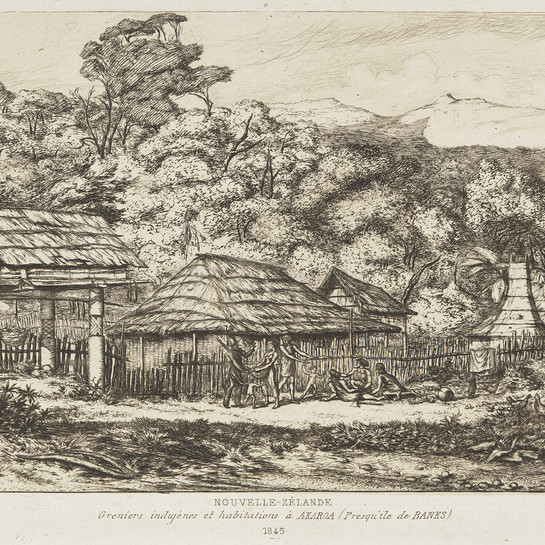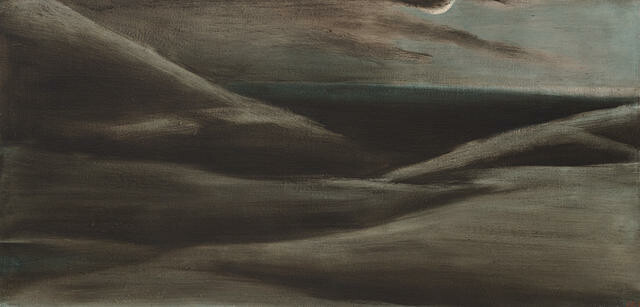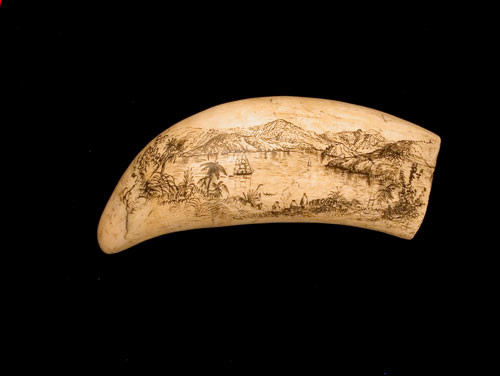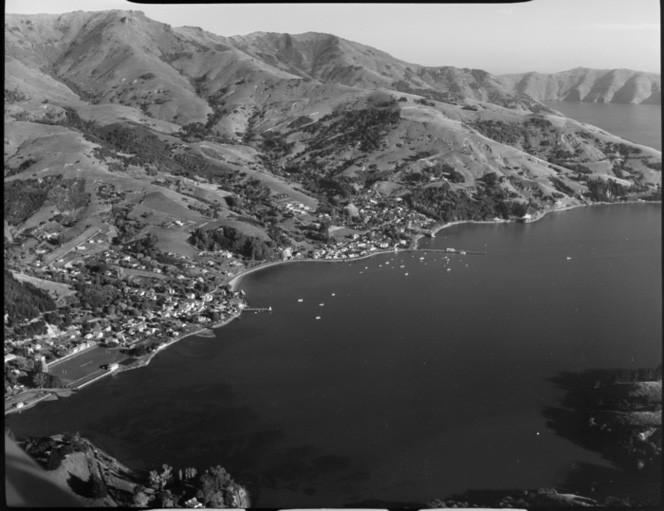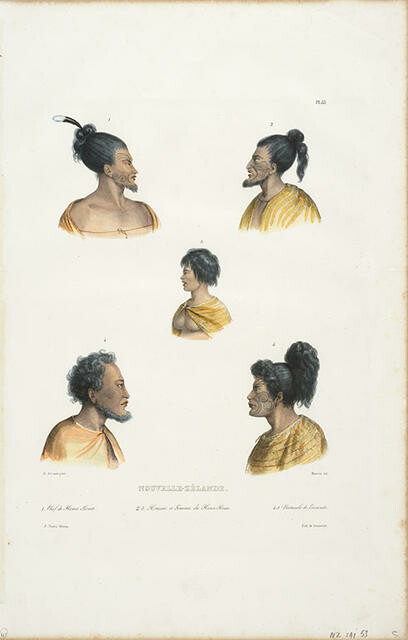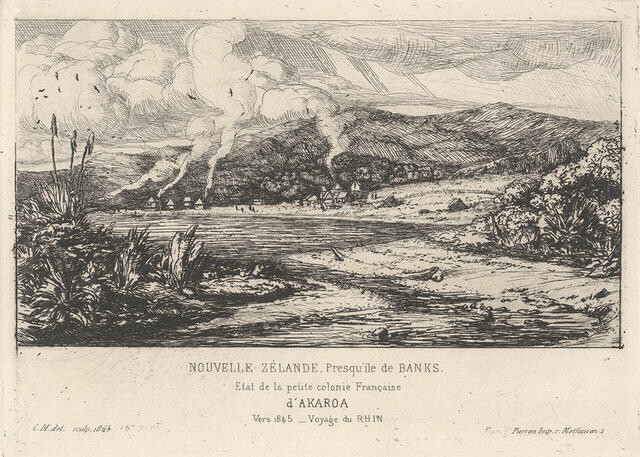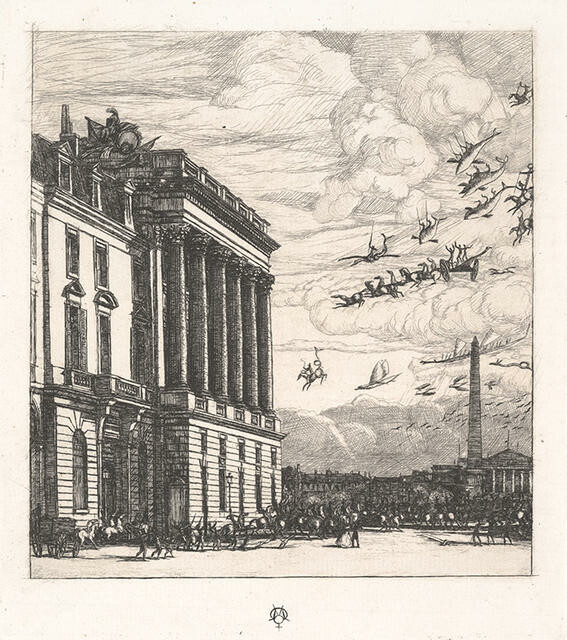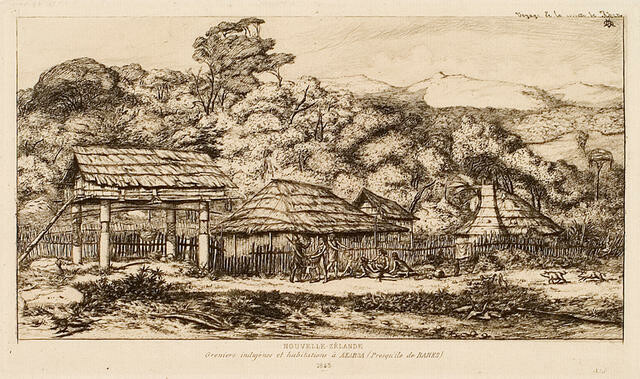Tony Fomison
Aotearoa New Zealand, b.1939, d.1990
Night time, Amuri Bluff
- c. 1976
- Oil on canvas
- Gift of the Ministry of Foreign Affairs and Trade, Wellington, 2002
- Reproduced with permission
- 520 x 970mm
- 2002/267
- View on google maps
Location: Arcade
Tags: clouds, hills, horizon line, landscapes (representations), natural landscapes, night
“I came from the South Island, and the South Island I must mention! Yes your mountains still pile up in my thoughts! Your shorelines still run round the edges of the same. Big canoe of Maui, my little paddle will always be at your side.” —Tony Fomison, 1979 Te Waipounamu South Island always loomed large in Tony Fomison’s psyche, even after he made the shift north to Tāmaki Makaurau Auckland from his hometown of Ōtautahi Christchurch in 1973. Drawn from memory and past experiences, the Waitaha Canterbury landscape continued as the subject of many of his paintings, including ‘Night Time, Amuri Bluff’. Fomison had developed a strong sense of the history of the land through his work as an assistant archaeologist for Canterbury Museum, where he researched early Māori settlements and whaling stations near Kaikōura and Horomaka Banks Peninsula – including the Māori settlement site Haumuri, also known as Amuri Bluff, on the Kaikōura coastline.
(He Kapuka Oneone – A Handful of Soil, 2025)
Exhibition History
(Kā Honoka, 18 December 2015 – 28 August 2016
Tony Fomison’s luminous, night time view of Haumuri Bluff on the Kaikōura coast is a weighted landscape little-related to scenic appreciation. It carries a sense of time and of Fomison’s connections to this locality and its past.
In 1959, while a twenty-year-old sculpture student at the University of Canterbury, Fomison began working with the Canterbury Museum as an assistant ethnologist and archaeologist. He worked on extensive archaeological explorations of Māori settlements and early whaling sites near Kaikōura and on Banks Peninsula, and surveyed rock art sites throughout Canterbury. Haumuri, a Māori settlement site, was also the setting for a short-lived whaling station from 1844.
Something of Fomison’s motivation in painting is conveyed in his comment: “Given that the practitioner has a knowledge of our history, it can also be an opportunity to project an uncontaminated view of the past into the future.”

